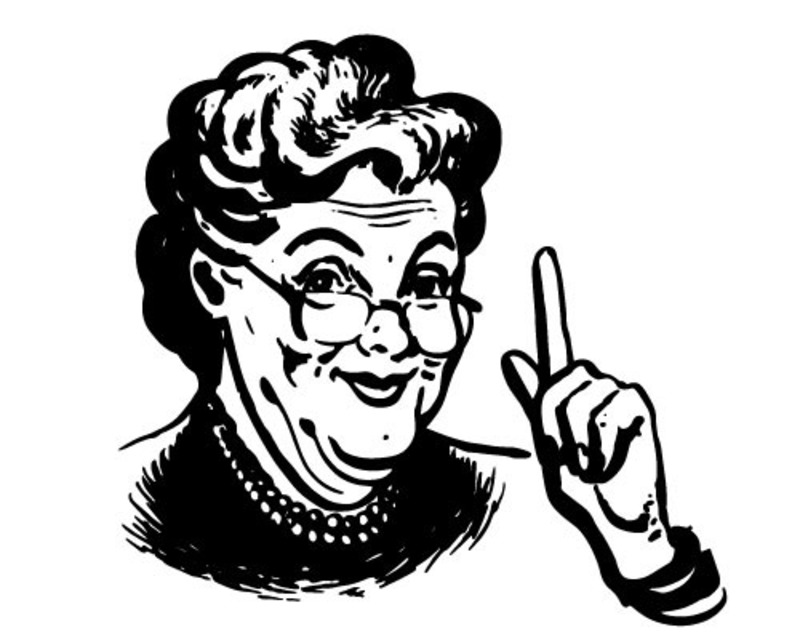Master the Art of Cleaning Burnt Residue from Your Stovetop
Posted on 11/09/2025
Master the Art of Cleaning Burnt Residue from Your Stovetop
The stovetop is the heartbeat of any kitchen. From whipping up weeknight dinners to preparing elaborate holiday feasts, your cooktop endures a lot. But all that cooking can leave behind stubborn, burnt-on residue that not only looks unsightly but also affects kitchen hygiene. Learning how to clean burnt residue from your stovetop is an essential skill for maintaining a sparkling, functional, and sanitary kitchen. In this detailed guide, we'll walk you through the best methods, tips, tools, and products to restore the gleam to any stove surface--whether it's glass, ceramic, or classic coil.

Why Burnt Residue is Tough to Clean
Every home chef has experienced the aftermath of a sauce bubbling over, oil splattering, or a pot left unattended. High temperatures cause spills and splatters to harden and adhere tenaciously to stovetop surfaces. Over time, these residues carbonize, making them extremely difficult to remove with standard cleaning techniques. Not only does this burnt mess mar the appearance of your cooker, but it can also impact cooking performance and pose a fire hazard. The key to a pristine stovetop is mastering both prevention and effective cleanup strategies.
Understanding Your Stovetop: Types and Materials
Gas Stovetops
- Components: Features removable grates, burners, and drip pans.
- Common Issues: Food debris and grease can get lodged in tough-to-reach spots.
Electric Coil Stovetops
- Components: Exposed coils with drip pans beneath.
- Common Issues: Drip pans catch most spills but are prone to accumulating burnt-on food and rust over time.
Glass and Ceramic Stovetops
- Components: Smooth, flat surface made of tough glass or ceramic.
- Common Issues: Spills are more visible, and scratches can occur if using abrasive cleaning tools.
Safety First: What to do Before Cleaning
- Always switch off and unplug your stovetop, if possible.
- Ensure all surfaces are completely cool to the touch.
- Remove any removable parts (grates, burner caps, coils, drip pans) according to your manufacturer's guidelines.
- Read your stovetop's manual for recommended cleaning products and techniques, especially for specialty surfaces.
Essential Tools & Household Ingredients for Cleaning Burnt Residue
- Baking soda - Natural abrasive, safe for most surfaces.
- White vinegar - Cuts through grease and neutralizes odors.
- Dish soap - Lifts off oily residues.
- Non-scratch scrubbers or sponges - Avoid steel wool that can scratch surfaces.
- Plastic scraper or old credit card - For lifting stuck-on gunk without scratching.
- Soft cloths or microfiber towels - For buffing and polishing.
- Spray bottle for vinegar or cleaning solution.
- Rubber gloves to protect your hands.
Step-By-Step Process: How to Remove Burnt-On Residue from Your Stovetop
1. Tackle Loose Debris First
- Wipe down the surface with a damp sponge or cloth to remove any crumbs or loose debris.
2. Apply a Baking Soda and Vinegar Solution
- Mix a paste of baking soda and water (about 3 parts baking soda to 1 part water). Spread the paste over the burnt areas.
- Spray vinegar lightly over the paste. The fizzing reaction helps to penetrate and soften burnt-on residue.
- Let the mixture sit for 15-30 minutes for optimal results.
3. Gently Scrub the Burnt Residue
- Use a non-scratch scrubber or sponge to scrub in a circular motion.
- For stubborn spots, gently use a plastic scraper at a 45-degree angle to lift the residue.
- Never use metal tools or harsh scouring pads on glass or ceramic, as they can leave permanent scratches.
4. Rinse and Repeat as Needed
- Wipe away residue with a clean, damp cloth.
- If there is still burnt gunk, repeat the baking soda and vinegar treatment until clean.
5. Final Buff and Polish
- Once the surface is residue-free, wipe down with a soft, dry cloth or microfiber towel to restore shine.
Special Techniques for Different Stove Types
Tips for Cleaning Gas Stove Grates and Burners
- Soak removable grates and burner caps in a sink filled with hot, soapy water for 30 minutes.
- Use a stiff brush or non-scratch scrubber to remove softened gunk.
- For persistent burnt-on buildup, create a thick baking soda paste, spread it on the trouble spots, and let it sit overnight before scrubbing again.
- Thoroughly rinse and dry before reassembling.
Cleaning Electric Coil Burners & Drip Pans
- Lift out coil burners (never submerge them if they are not detachable from the wiring).
- Clean drip pans in the sink using hot water, dish soap, and baking soda. For heavy deposits, soak in a vinegar and baking soda solution for an hour before scrubbing.
- Dry all components thoroughly before returning to the stove.
Smart Methods for Glass or Ceramic Cooktops
- Only use specialized glass stove top cleaners for stubborn stains if baking soda and vinegar aren't enough.
- A razor blade scraper can be used at a low angle to gently lift burnt-on residue - just be careful not to scratch the surface.
- Buff with a microfiber cloth after cleaning for a streak-free finish.
Natural and Eco-Friendly Solutions for Stubborn Burnt Residue
- Lemon juice + baking soda: The citric acid in lemon juice works as an effective degreaser and freshens the stovetop. Sprinkle baking soda, then rub half a lemon over stubborn stains.
- Hydrogen peroxide + baking soda: For severe carbonized spots, mix hydrogen peroxide and baking soda into a paste. Leave for 10-15 minutes, then scrub gently.
These methods are not only effective but also safe for most kitchens--protecting your family and the environment.
Preventative Measures: Keep Your Stovetop Spotless Longer
- Wipe up spills quickly: The sooner you remove spills and food debris, the less chance they have to burn onto your cooktop surface.
- Use drip guards or liners: For gas and electric stoves, consider using reusable drip trays to catch messes before they harden.
- Deep clean weekly: Make deep cleaning part of your regular kitchen routine to prevent buildup.
- Cook on lower heat when possible: This not only conserves energy but reduces the likelihood of food boiling over or splattering.
- Check cookware size: Using the right-sized pan avoids overflow onto the stovetop.
Common Mistakes to Avoid When Cleaning Burnt Stovetops
- Avoid abrasive tools: Steel wool, metal brushes, or scouring powder can scratch, dull, or permanently damage your stovetop.
- Never use harsh chemicals: Such as bleach or ammonia on glass or ceramic surfaces; they can cause discoloration and damage protective coatings.
- Don't reassemble wet parts: Ensure all pieces are dry before placing back on your stove to prevent rust and electrical issues.
- Don't ignore burnt residue: The longer burnt gunk stays on the cooktop, the harder it becomes to remove and the greater the safety risk.
Frequently Asked Questions on Cleaning Burnt Stovetops
-
Q: Can I use oven cleaner on my stovetop?
A: Most oven cleaners are too harsh for stovetop surfaces, especially glass and ceramic. Stick to milder ingredients like baking soda, vinegar, or specialty stove cleaners. -
Q: How can I prevent scratches on my glass cooktop?
A: Always use non-abrasive pads, avoid dragging pots and pans, and never use metal scrapers. -
Q: What's the fastest way to get rid of burnt-on residue?
A: Prevention is best, but for tough jobs, a baking soda and vinegar paste followed by gentle scraping works wonders.

The Final Sparkle: Maintaining a Pristine Stovetop
Mastering the art of cleaning burnt residue from your stovetop isn't just about restoring aesthetics, but also about ensuring the efficiency and safety of your kitchen. With regular cleaning, patience, and the right technique, even the most stubborn burnt-on spills can be a thing of the past.
Remember: As with any cleaning task, consistency is key. A quick wipe after every use saves you hours of scrubbing in the future. Equipped with these expert methods and tips, you can confidently maintain a spotless, gleaming stovetop that will impress your guests and inspire your next culinary masterpiece.
Ready to bring back the shine? Don't let burnt residue ruin your love for cooking--put these stovetop cleaning techniques into practice and enjoy a kitchen that's as clean as it is creative!
Summary: Quick Reference for Cleaning Burnt Stovetops
- Wipe up spills quickly to prevent burnt-on residue.
- Use baking soda and vinegar for natural, effective cleaning.
- Opt for non-abrasive tools to protect stovetop surfaces.
- Regular deep cleaning saves time and effort in the long run.
- Know your stovetop type for optimal cleaning approaches.
With these expert techniques, you'll master the art of cleaning burnt residue from your stovetop--keeping your kitchen's centerpiece spotless year-round!



